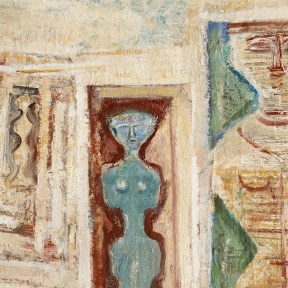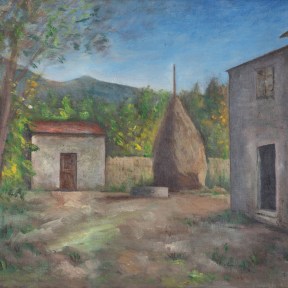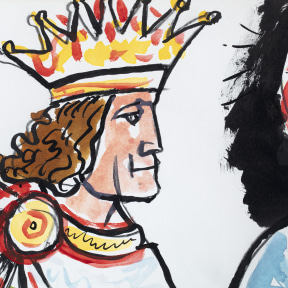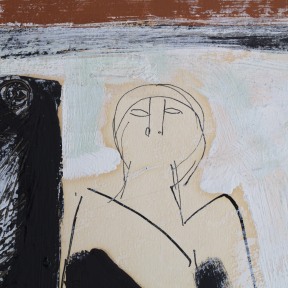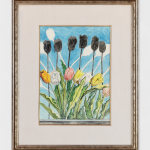-
Biography
Giorgio de Chirico (Volos, Greece 1888 - Rome, Italy 1978)
Born in 1888 in Greece to Italian parents, de Chirico began to study art in Athens. After the death of his father, and trips between Venice and Milan, the family settled in Munich, where Giorgio attended the Academy of Fine Arts.
His first paintings were populated with fantastic mythological beings but the figures were not reassuring or reasonable, in the neoclassical style, embodying instead a tragic and solitary vision of existence.
In 1910, he moved to Florence, where he created his first metaphysical paintings with mysterious and ominous atmospheres in which time seems suspended, reflecting the melancholy discovered in Nietzsche’s books.
The following year, in Paris, the melancholy afternoon of beautiful autumn days in Italian cities were the theme of his Piazza d'Italia. De Chirico participated in the 1912 Autumn Salon and, in 1913, he exhibited at the Independents Salon, where he was noticed by Picasso and Apollinaire.
During his trip to Paris, his art was enriched with new motifs and elements which became recurring symbols in his paintings: the glove, a lost object, classical statues, nostalgic elements of a lost childhood, mannequins, blind and silent architectural inhabitants, scenic, and empty squares. In Paris, he frequented the main artists of the time, such as Apollinaire, Constantin Brancusi, Max Jacob and Pablo Picasso.
In 1917, while recovering from nervous diseases in a military hospital in Ferrara, he met Carlo Carrà. This ignited de Chirico’s interest in the metaphysical. His art is a reaction to the Cubist and Futurist avant-gardes, aiming to create fantastic sensory suggestions through the juxtaposition of ancient objects, in a perspective space, but lit up by modern colours.
For the artist, the task is no longer to reproduce reality, but to go beyond ("metaphysics" in the etymological sense of the term: "beyond physics") to explore the complexity of reality.
After the Roman period, from 1919 to 1925, in which he rediscovered the great artists in museums and began copying the Renaissance masters, in 1922, he inaugurated a solo exhibition at the Paul Guillaume Gallery in Paris with fifty-five artworks.
The link with France strengthened and, in 1925, de Chirico decided to move to Paris, where he began to research the Metaphysics of light and Mediterranean myths. In this period, he produced paintings populated by archaeologists, horses by the sea, landscapes in rooms, furniture in valleys and gladiators, which were not appreciated by surrealists at that time.
He spent the following decade between Paris, Milan and Florence, searching for the best light, writing and theatrical scenography.
After a brief but intense American period and a third return to Paris, from 1944, he moved permanently to Rome.
In his last years, his artworks were neo-metaphysical paintings in which he reinterpreted the theme of meditation and the subjects from his art in the 1910s, 1920s and 1930s in a new light, with bright colours and a serene and poetic atmosphere compared to the severe, disturbing one of early metaphysics.
In 1970, an important anthology was dedicated to the artist at the Royal Palace in Milan and, in 1973, during a trip to Greece, RAI made the documentary The Mystery of Infinity.
The most recent recognition for his art was in 1974, when de Chirico was awarded the title of Academician of France.
He died in Rome in 1978.
Copyright the artist. Photo UniCredit Group (Sebastiano Pellion di Persano)
-
Works
Giorgio de Chirico Italian, 1888-1978
L’ombra dei tulipani , 1971Watercolour on paper / Acquarello su carta / Aquarell auf Papier19 1/4 x 13 3/4 in
49 x 35 cmUniCredit S.p.A.© GIORGIO DE CHIRICO, by SIAE 2024Photo: UniCredit Group (Sebastiano Pellion di Persano)Further images


